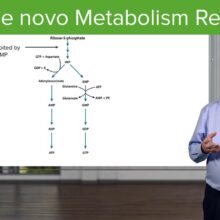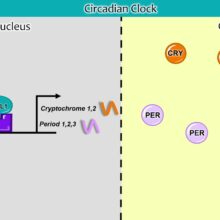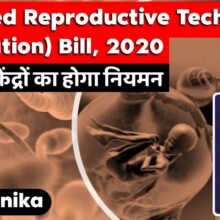Gene Regulation: Epigenetics | A-level Biology | OCR, AQA, Edexcel
Gene Regulation: Epigenetics in a Snap! Unlock the full A-level Biology course at created by Adam Tildesley, Biology expert at SnapRevise and graduate of Cambridge University.
SnapRevise is the UK’s leading A-level and GCSE revision & exam preparation resource offering comprehensive video courses created by A* Oxbridge tutors. Our courses are designed around the OCR, AQA, SNAB, Edexcel B, WJEC, CIE and IAL exam boards, concisely covering all the important concepts required by each specification. In addition to all the content videos, our courses include hundreds of exam question videos, where we show you how to tackle questions and walk you through step by step how to score full marks.
Sign up today and together, let’s make A-level Biology a walk in the park!
The key points covered in this video include:
1. Epigenetics
2. Chromatin Remodelling
3. DNA Methylation
Epigenetics
Gene expression can be regulated by chemical modifications to chromosomes. These are known as epigenetic changes. Epigenetic changes are not like mutations – they do not change the base sequence of DNA. Instead, chemical tags are added onto DNA or onto associated proteins called histones. Epigenetic changes occur during development of an organism but importantly, they can also be caused by environmental factors. When a cell divides to make daughter cells, many of these chemical tags are also passed on to the next cell. This means that epigenetic changes may be heritable. Epigenetics refers to changes in DNA that alter the expression of genes without changing the base sequence of DNA itself. These changes can be caused by environmental factors and are heritable. All of the chemical tags attached to the DNA and histones make up the epigenome of a cell. The epigenome is therefore a result of the lifetime accumulation of signals that the cell has received from the environment.
Chromatin Remodelling
Epigenetic changes are able to regulate transcription by remodelling chromatin – this is the complex formed by DNA and histones. Signals from the environment cause chemical tags to be added to the histones or the DNA, changing how tightly packed the chromatin in. When the chromatin is tightly packed, the DNA wrapped around it may not be accessible to RNA polymerase and transcription factors. If RNA polymerase cannot bind to the DNA, transcription cannot occur and the gene will not be expressed. Tightly packed chromatin is known as heterochromatin. When the chromatin is loosely packed, the DNA is exposed and is accessible to RNA polymerase and transcription factors. RNA polymerase can therefore bind to the DNA and the gene will be transcribed. Loosely packed chromatin is known as euchromatin. These chemical tags therefore control which genes are switched on or off by regulating the formation of euchromatin or heterochromatin.
DNA Methylation
One method that eukaryotes use to regulate gene expression by epigenetic changes is by methylation of DNA. Methyl groups are added to DNA at specific locations called CpG sites – this is where cytosine is found next to guanine in the DNA chain. Methyl groups are added to the cytosine base by an enzyme called DNA methyltransferase. DNA methylation always inhibits transcription and this takes place in one of two ways: Transcription factors may no longer be able to bind to the DNA, therefore also preventing RNA polymerase from binding. To methyl groups may attract proteins that condense the chromatin, making the genes inaccessible for transcription. Methyl groups can be removed from DNA in a process called demethylation. Demethylation has the reverse effect of methylation – the chromatin is more loosely packed and the genes are accessible for transcription.
Summary
Gene expression can be regulated by epigenetic changes – these are chemical modifications to chromosomes
These chemical tags are attached to DNA or histones as a result of environmental signals
All the chemical tags on all the chromosomes in a cell make up the epigenome
One type of epigenetic change is methylation of DNA
Methylation of DNA inhibits transcription as the methyl groups prevent the RNA polymerase from binding
The chromatin also becomes more densely packed so the DNA is not accessible for transcription
Densely packed chromatin is called heterochromatin
Demethylation has the reverse effect of methylation, and therefore loosens the chromatin and activates genes
Loosely packed chromatin is called euchromatin
[ad_2]
Source link





U ARE A STAR
legend
Thanks for your efforts. It was an amazing explanation 😊
meep
bruh why was this so easy to understand
What an excellent explanation, much better than some university professors.
what a G
Thank you sooo much for this ❤️ been trying to understand this for hours. This 12 min video made more sense than my 2 hour biology lesson😂
pretty sure methyl are added when there are repeated sections of CpG binding
Excellent.
Sir u explained it so well and I can never forget the concept.
ONE REQUEST PLEASE PLEEEEEEASE MAKE THE VIDEO FOR PAPER 3 SOLVING PAST PAPERS PAPERS.